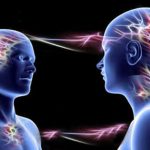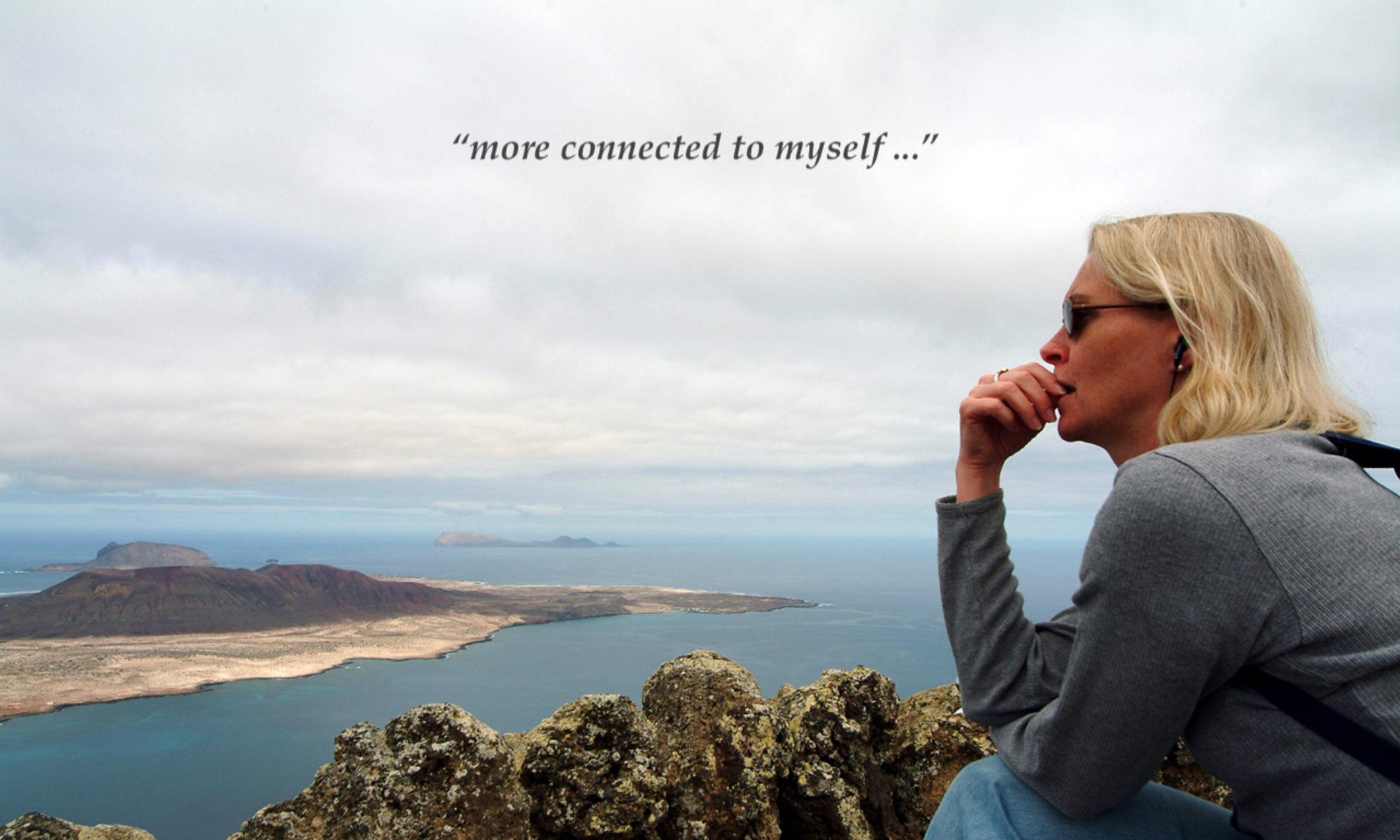“A human being is a part of the whole called by us universe, a part limited in time and space. He experiences himself, his thoughts and feeling as something separated from the rest, a kind of optical delusion of his consciousness.” Albert Einstein
Meditation: “Meditation is like being suspended by threads from a billion suns to the centre of your soul vibrating in harmony – a universe within a universe … like Russian dolls.”
Via Transformativa
 After Descartes set a cat amongst the pigeons with his deceptively simple and simply divisive ‘cogito ergo sum’ separating ‘mind stuff’ from ‘matter stuff’ modern philosophers responded with various approaches to explain consciousness. How can the chasm between a ‘thing that thinks’ (subject) and the thing that is doing the thinking (body object or specifically a brain) be bridged?
After Descartes set a cat amongst the pigeons with his deceptively simple and simply divisive ‘cogito ergo sum’ separating ‘mind stuff’ from ‘matter stuff’ modern philosophers responded with various approaches to explain consciousness. How can the chasm between a ‘thing that thinks’ (subject) and the thing that is doing the thinking (body object or specifically a brain) be bridged?
They came up with not one problem but two – the ‘hard problem’ and the ‘easy problem’. The ‘easy’ problem is to understand how the brain (and body) gives rise to perception, cognition, learning and behaviour. In other words how do the physiological mechanisms of an objective body get translated into a perceiving subjective ‘I’? The ‘hard’ problem is to understand why and how any of this should be associated with consciousness at all. As Anil Seth asks “why aren’t we just robots, or philosophical zombies, without any inner universe?” Beast-machines as he calls it.
The study of consciousness is the last great frontier as yet bamboozling reductionists. The standard view of scientists is that it is an ’emergent characteristic’ of the brain i.e. through the mechanism of evolution at some point the brain reaches a critical point of complexity and consciousness emerges. Consciousness is seen as one more adaptation for the survival of the species.
This ‘hey presto’ assumption that increasing complexity leads to a self reflective conscious ‘I’ seems as much a leap of faith as the Genesis 2:7 version: “Then the LORD God formed the man from the dust of the ground. He breathed the breath of life into the man’s nostrils, and the man became a living (i.e. conscious) person.”
Was the first Adam self conscious? Apparently not until after the apple incident since he wandered around the garden naked in mixed company without batting a fig leaf. “Adam and his wife were both naked, and they felt no shame.” Genesis 2:25.
With self consciousness comes the sense of a separate ‘I’. This may be the original sin – the fall from sharing the same consciousness as union with the divine spark into the consciousness of a separate ember. How can this union be recovered? There are two schools of thought. Either the separation is real and you need a Saviour or Redeemer to bridge the gulf or the separation is an illusion and to recover union only requires that you dispel the illusion. To apply the solution you must correctly identify the problem. In a world of separate atoms and separate individuals you may lean towards a Redeemer – a Fixer.
But what if we aren’t ‘broken’ in that sense? What if we always were and always are fixed – we just forgot. Or we dropped out of united consciousness into separate consciousness. One of the most powerful words I ever heard was in one of my German girlfriend’s favourite recordings by an English spiritual teacher – unfortunately I can’t remember his name – where he said “you don’t need fixing.” And if we come from God how can we be separate from God unless by our own mis-perception?
Maybe we aren’t separate after all. In his article in Psychology Today ‘Connectedness – Are we really Separate Individuals?’ Steve Taylor PhD identifies three different types of interconnection. The first is ‘interconnectedness of feeling’, or ‘empathic connection.’ The second type of experience is ‘interconnectedness of being’ reported in many awakening experiences in which people experience a transcendence of separateness. The third type of experience he calls ‘interconnectedness of knowing’ famously documented by Rupert Sheldrake in his controversial experiments with the dog Jaytee who anticipates his master’s return.
Taylor suggests it is possible that what we know as consciousness is not produced by the brain at all but is a fundamental quality of consciousness like gravity is a fundamental quality of matter. “This is what is sometimes known as the ‘panpsychist’ view, and it is becoming increasingly popular amongst philosophers and psychologists who struggle to explain consciousness from a materialist perspective. According to panpsychism, consciousness is not dissimilar to mass or gravity – a fundamental, irreducible quality which has always been ‘built into’ the universe.”
In this view, consciousness is the fundamental reality underlying both mind and matter our brains being manifestations of consciousness. Philosopher Keith Frankish is not convinced. “It (consciousness) is a highly localised phenomenon that is specific not just to brains but to particular states of brains. It appears to be a specific state of certain highly complex information-processing systems, not a basic feature of the Universe.”
Can anyone save us from our fall from unitive consciousness? “Who can deliver me from this body of death (separation)?” pleads St Paul. (Romans 7:24)
Danah Zohar can. In her synthesis of quantum physics, philosophy and new age religion – ‘Quantum Self – Human Nature and Consciousness Defined by the New Physics’ – she claims that bosons are the basis for the conscious life, and fermions for the material life. The Bose-Einstein condensate is the extreme example of “bosonic” behavior (relationship, sharing of identities). Zohar imagines that such a condensate is the ideal candidate to provide the unity of consciousness.
I can see the t-shirt now: “Bose-Einstein condensates of the world unite”.


